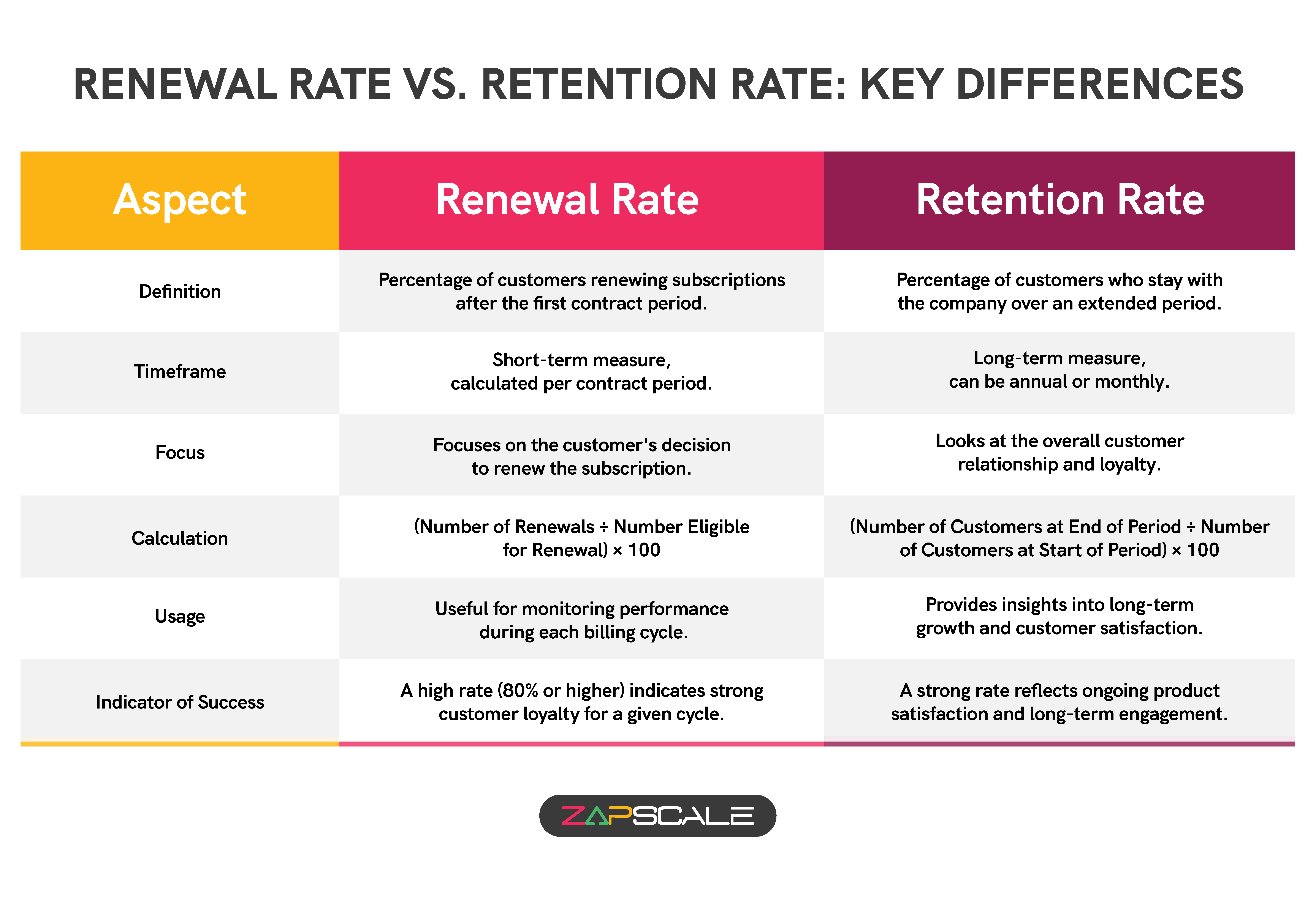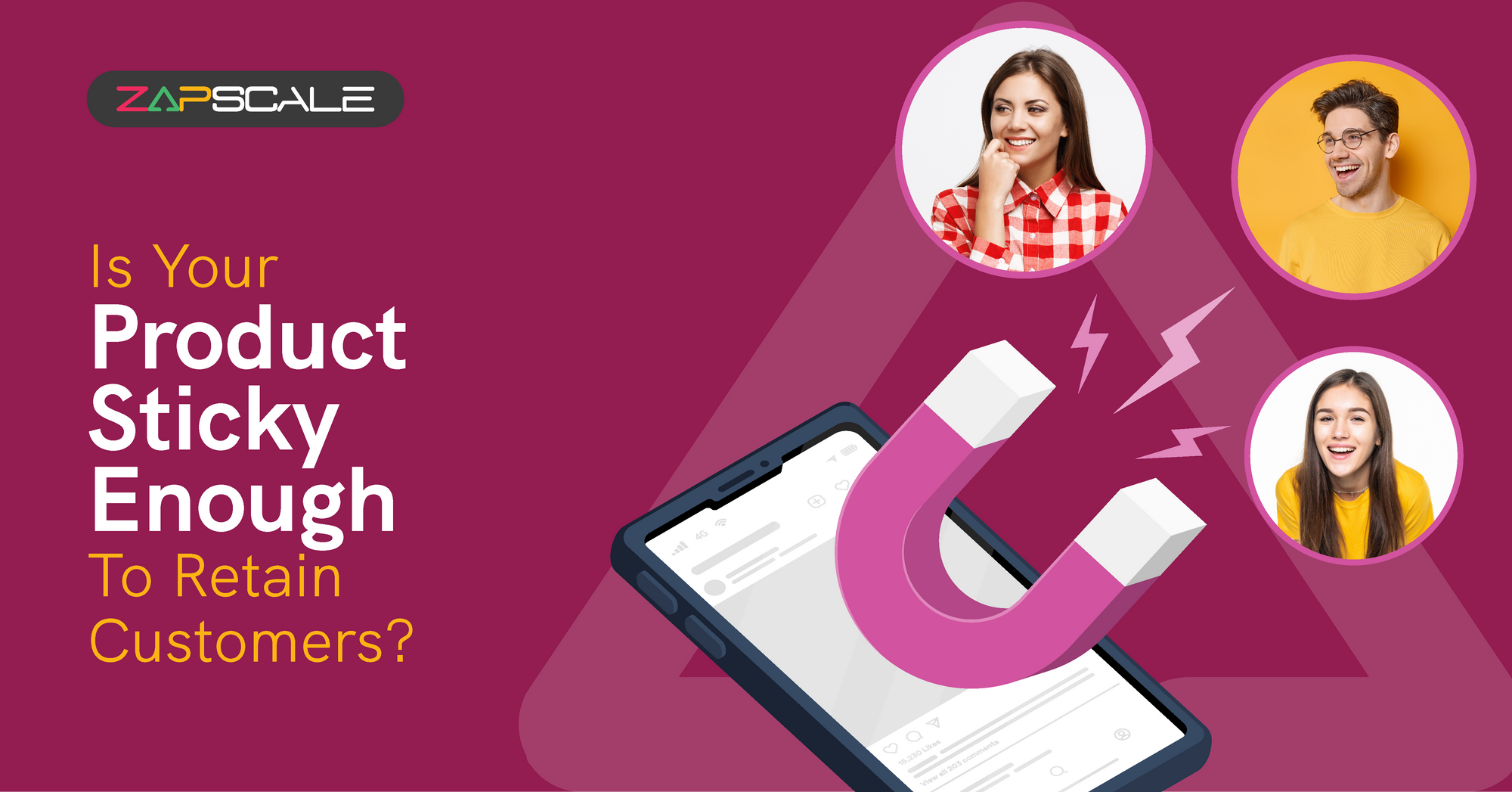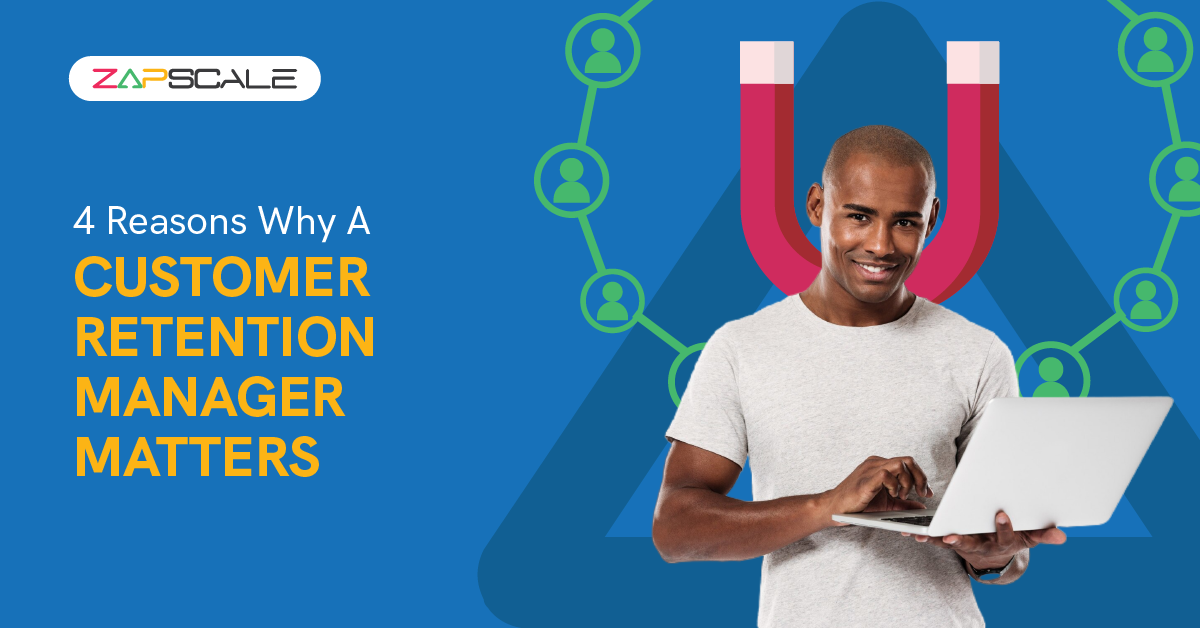CATEGORY > Customer Retention
Proven Methods To Effectively Calculate The SaaS Renewal Rate

Regardless of how good your SaaS offering is, you will face churn at some point. To combat this, you must track your renewal rate.
Monitoring the SaaS renewal rate allows you to understand customer behavior patterns better and tailor your solutions to meet their needs better.
Let’s explore everything you need to know about it by reading further.
The Basics Of SaaS Renewal Rates
A SaaS renewal rate is the percentage of customers or revenue that continues to use your software over a given period, usually a year. It reflects customer satisfaction and retention.
For example, if 90% of all expiring subscriptions are renewed, the renewal rate is 90%.
Having a high renewal rate suggests that your product is useful and fits customer needs, indicating a thriving business. In contrast, a low renewal rate indicates customer loss, which could be due to product, service, or pricing difficulties.

The Many Layers Of Complexity In SaaS Renewal Rates
While seemingly straightforward, SaaS renewal rates can be fairly complex. A count-based renewal ratio is effective when your customer base and contracts have similar types, terms, and pricing. However, when offering numerous solutions or packages to different markets, a value-based renewal rate makes more sense.
Let’s comprehend this complexity by using different scenarios.
1. Homogeneous Customer Base
- Company: A small business software vendor offering a single product to a group of similar-sized companies.
- Appropriate Renewal Rate: In this situation, a count-based renewal rate would be appropriate as all customers have similar terms.
2. Heterogeneous Customer Base
- Company: A cloud-based HR software company that offers a variety of plans and services to a wide range of customers, including small businesses, major corporations, and government agencies.
- Appropriate Renewal Rate: Here, a value-based renewal rate would be more suitable because contract values differ dramatically among customer segments.
3. Contract Lengths
- Company: A SaaS company that provides annual and multi-year contracts.
- Renewal Rate: To determine the effect of contract length on customer retention, the organization may calculate renewal rates separately for yearly and multi-year contracts.
Thus, the complexity of SaaS renewal rates stems from the diversity of customer bases, contract types, price structures, and other aspects. You must select a compatible renewal rate calculation method to effectively measure customer retention.
The Power Of Calculating Your Renewal Rate For Business Stability
Calculating your renewal rate is crucial for understanding the financial well-being of your SaaS business.
To calculate your renewal rate in the simplest way possible, here’s a basic formula you can use as highlighted below.
Renewal Rate = (Number of Renewals ÷ Number Eligible for Renewal) * 100
*Number of Renewals: The total number of customers who renewed their subscriptions within a given period.
*Number Eligible for Renewal: The total number of customers who were eligible to renew.
For Example,
A SaaS company has 100 customers up for renewal. If 60 of them renew their subscriptions, the renewal rate would be:
Renewal Rate = (85 ÷ 100) * 100 = 60%
Apart from this above formula, there are multiple other ways to accurately calculate SaaS renewal rate metrics as discussed below.
1. Based On The Number Of Customers
Formula: Renewal rate = (number of customers renewed ÷ total customers up for renewal) * 100
2. Based On The Dollar Value Of Revenue
Formula: Renewal Rate = (total revenue from renewals ÷ total renewable revenue) * 100
3. Based On NRR (Net Revenue Retention)
Formula: NRR = (total revenue from renewals + expansion revenue / total renewable revenue) * 100
So, what’s the best method for estimating SaaS renewal rates? It all depends on your business model, customer base, contract terms, and other factors.
Renewal Rate vs. Retention Rate
Renewal rate and retention rate are two key metrics for SaaS businesses, but they measure different aspects of customer loyalty.

1. Definitions
- Renewal Rate: The percentage of customers who renew their subscriptions after the first contract period. It's a short-term measure that focuses on the decision to continue with the product.
- Retention Rate: The percentage of customers who remain with a company for an extended period. It's a broader metric that measures overall customer loyalty and can be determined annually or monthly.
2. Key Differences
- Timeframe: Renewal rates are computed on a per-contract basis, whereas retention rates are calculated over longer periods.
- Focus: Renewal rates focus on the decision to renew, while retention rates analyze the overall customer relationship.
- Calculation: Renewal rates are obtained by dividing the number of renewals by the number of eligible renewals, whereas retention rates are calculated by dividing the number of customers who remain by the total number of customers.
3. How To Calculate Both?
- Renewal Rate: (number of renewals ÷ number eligible for renewal) * 100
- Retention Rate: (number of customers at end of period ÷ number of customers at start of period) * 100
Both metrics are essential for assessing customer commitment and recurring revenue stability. Renewal rates are useful for monitoring performance during each billing cycle, while retention rates provide insights into long-term growth and customer satisfaction.
Renewal Rate vs. Churn Rate
1. Focus
- Renewal Rate: The percentage of customers who renew their subscriptions after the first contract period.
- Churn Rate: The percentage of customers who cancel their memberships during a given period.
2. Goal
- Renewal Rate: To raise the number of customers who continue their subscriptions.
- Churn Rate: To reduce the amount of customers who end their subscriptions.
3. Relationship
- Inversely Related: A high renewal rate usually indicates a low churn rate, and vice versa.
4. Calculation
- Renewal Rate: (number of renewals ÷ number eligible for renewal) * 100
- Churn Rate: (number of customers lost ÷ number of customers at the beginning of the period) * 100
5. Timeframe
- Renewal Rate: Typically evaluated on a per-contract basis.
- Churn Rate: Usually estimated monthly or annually.
6. Impact
- Renewal Rate: Directly impacts revenue and customer lifetime value.
- Churn Rate: Directly affects revenue and customer acquisition costs.
The Top Barriers To Effective Renewal Rate Management
Effective renewal rate management is critical for the sustainability and growth of SaaS companies, but numerous challenges can hinder this process, as illustrated below.
1. Difficulty In Determining At-Risk Customers
Identifying at-risk customers is a huge challenge for SaaS companies, particularly as they grow. Traditional metrics like login frequency may overlook deeper obstacles. To fight this, firms should use advanced analytics and predictive modeling to detect usage trends that indicate churn, as well as technologies like ZapScale for targeted customer engagement.
2. Preserving High Service Levels Amid Growth
As SaaS organizations expand, maintaining excellent customer service standards becomes more difficult due to rising support requests. To boost customer satisfaction and renewal rates, organizations should establish clear KPIs, invest in self-service capabilities, and use automation solutions to handle routine requests while focusing on high-priority customers.
3. Negative Impact Of Price Hikes
SaaS companies frequently need to raise costs, however, this can cause customer unhappiness and higher churn if perceived as unjustifiable To address this issue, businesses should match pricing with value, investigate flexible models such as usage-based pricing, and routinely analyze customer willingness to pay before adopting price increases.
5 Highly-Effective Strategies To Boost Your SaaS Renewal Rate
Here are 5 strategies that can enable a high SaaS renewal rate.
1. Optimize Your Customer Onboarding
An effective onboarding process creates long-term customer relationships by welcoming customers, educating them on product features, and customizing their experience. Use interactive tutorials or self-service tools as needed.
2. Build Flexible Pricing Plans
Provide a variety of pricing options to accommodate diversified customer preferences and budgets. Consider annual or monthly subscriptions, long-term discounts, and usage-based billing.
3. Tailor Customer Support
Build strong relationships with your customers through personalized support. Respond promptly to inquiries, offer tailored solutions, and go the extra mile to address their concerns.
4. Automate Renewal
Improve the renewal procedure to reduce unintentional churn. Set customers' default settings to auto-renew, deliver timely reminders, and provide detailed information about future renewal deadlines.
5. Value Customer Feedback
Actively solicit input from your customers via surveys, interviews, and community forums. Use their insights to guide product development, enhance customer experiences, and address pain points.
Conclusion
Your SaaS renewal rate is more than just a number but it's a reflection of how well you connect with your customers and meet their needs. By truly understanding what drives your customers to renew—whether it’s a smooth onboarding experience, personalized support, or fair pricing—you can build meaningful relationships that go beyond just transactions. When you listen to your customers, act on their feedback, and continuously add value, you create a loyal customer base that keeps coming back. Remember, every renewal is a sign that your product is making a difference, and that’s the real success.
ABOUT THE AUTHOR
Sonali is a social media enthusiast and creative content writer with 3+ years of experience. With a passion for storytelling, Sonali delivers content that inspires, informs, and captivate readers.
Popular from Customer Retention
Quality Content,
Straight To Your Inbox!
Subscribe for the latest blogs, podcasts, webinars, and events!

Write a Blog
If you have experience in CS and
a flair for writing, we’d love to
feature you.
Write to us on
hello@zapscale.com



